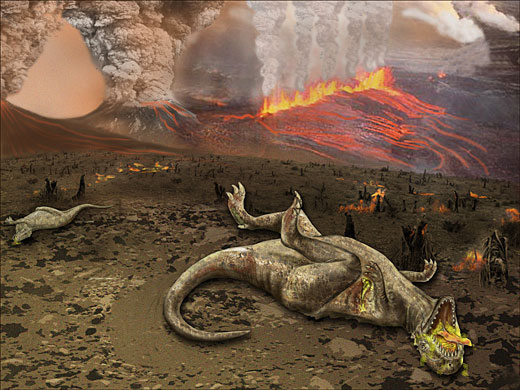Imagine waking up to the brightest flash in Earth’s history, followed by darkness so complete that it would last for months. This wasn’t science fiction – it was reality 66 million years ago when a massive asteroid, roughly the size of Manhattan, slammed into our planet with the force of billions of nuclear bombs. The impact created a crater so enormous it stretched across 180 kilometers of what is now Mexico’s Yucatan Peninsula. This single moment didn’t just end the age of dinosaurs; it fundamentally rewrote the rules of life on Earth, triggering a cascade of catastrophic events that would reshape our planet forever.
The Cosmic Bullet That Changed Everything
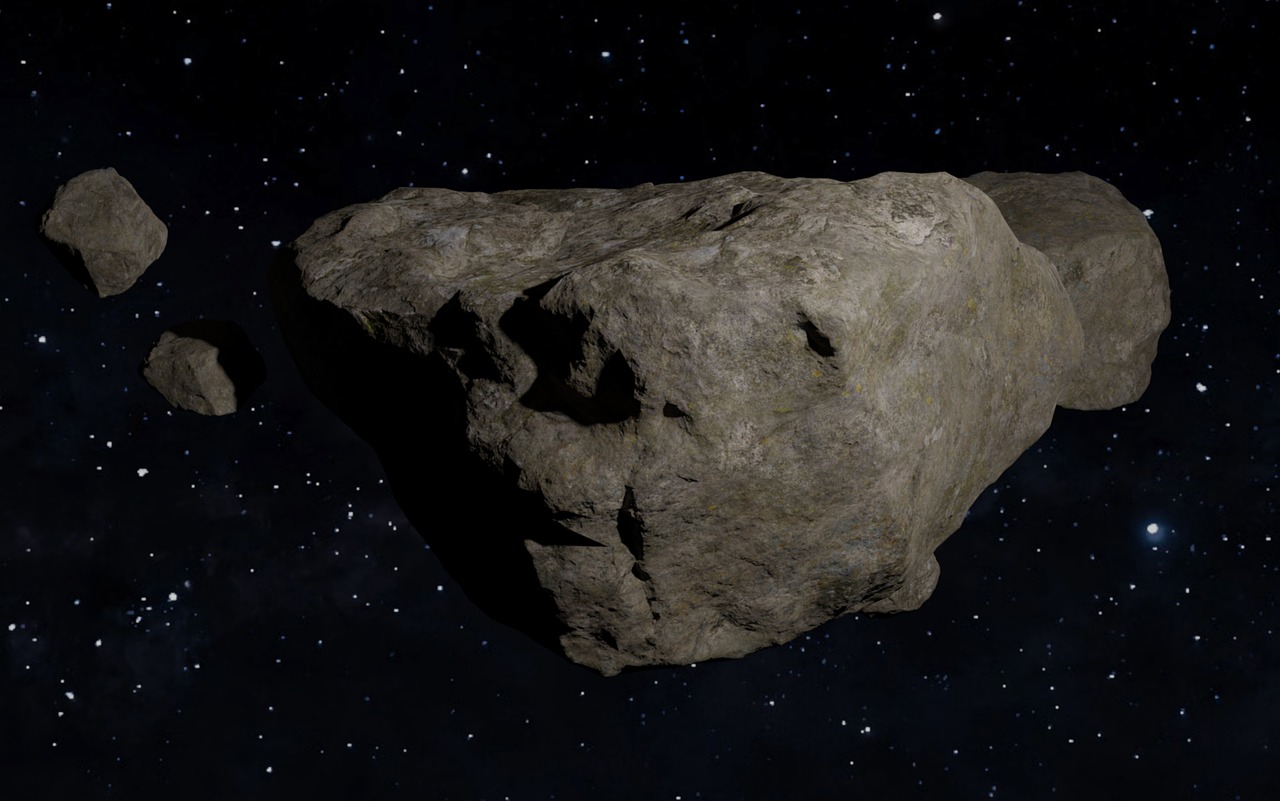
The Chicxulub asteroid measured between 10 to 15 kilometers in diameter, hurtling through space at an incredible 20 kilometers per second. To put this in perspective, imagine a mountain-sized rock moving 50 times faster than a bullet. When it struck Earth, it released energy equivalent to 100 million megatons of TNT – roughly 2 million times more powerful than the most destructive nuclear weapon ever tested.
The impact occurred in shallow tropical seas, which proved to be one of the worst possible locations for life on Earth. The asteroid punched through several kilometers of sedimentary rock, limestone, and sulfur-rich deposits before reaching the underlying granite bedrock. This geological cocktail would soon become the ingredients for a global catastrophe that would make any natural disaster in human history look like a minor inconvenience.
The Moment of Impact: A Planet-Shaking Explosion
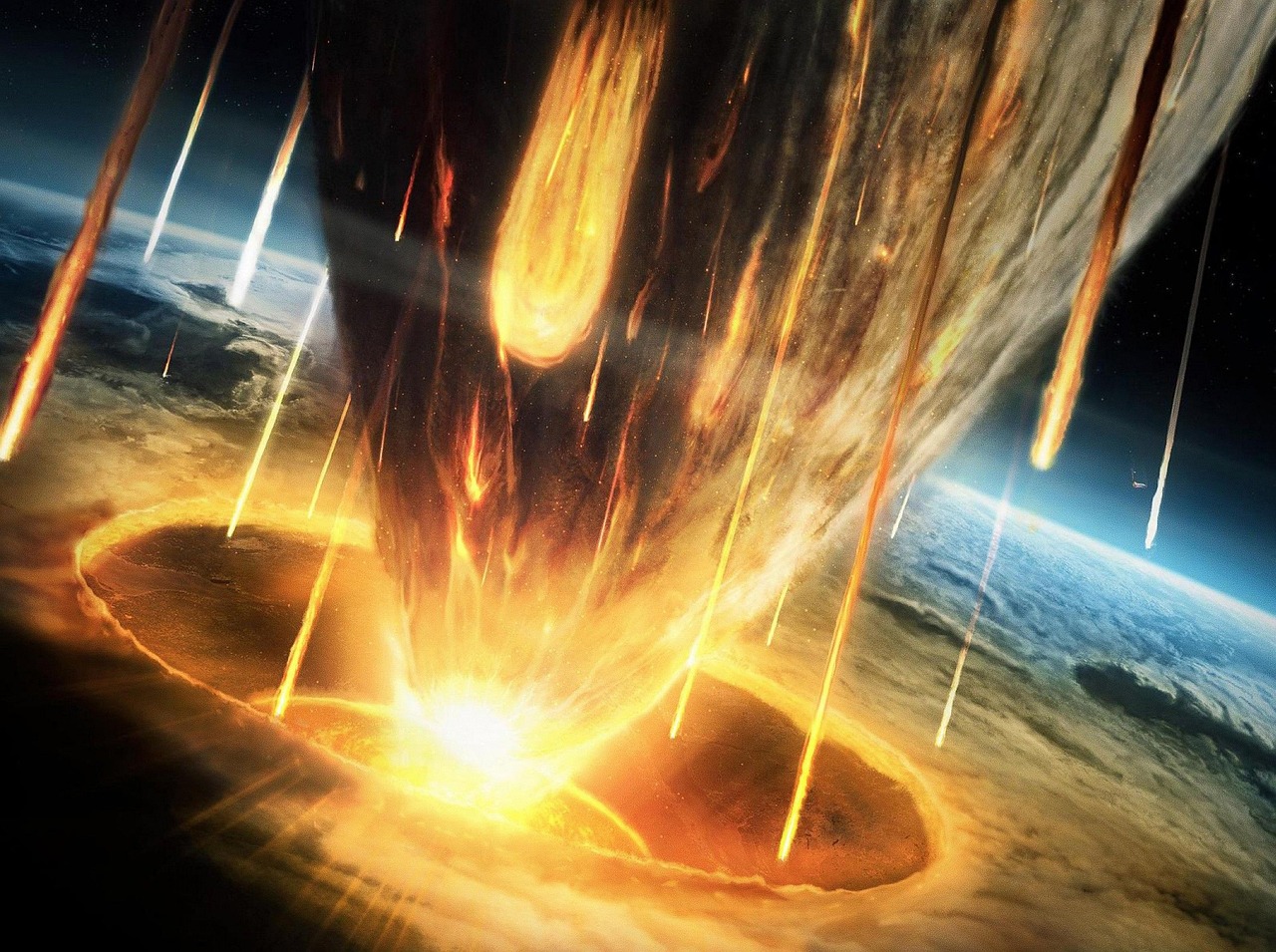
The instant the asteroid hit, temperatures at the impact site soared to over 10,000 degrees Celsius – hotter than the surface of the Sun. The sheer force vaporized the asteroid itself along with thousands of cubic kilometers of rock, creating a fireball that expanded outward at supersonic speeds. Within seconds, a massive crater began forming, eventually reaching depths of 30 kilometers and spreading across an area larger than some countries.
The explosion sent shockwaves rippling through the Earth’s crust at speeds of several kilometers per second. These seismic waves were so powerful that they triggered earthquakes measuring magnitude 10 or higher – a level of destruction that would make the most devastating earthquakes in recorded history seem like gentle tremors. The ground itself behaved like liquid, with solid rock flowing and churning in ways that defied imagination.
When Mountains of Water Became Weapons of Mass Destruction
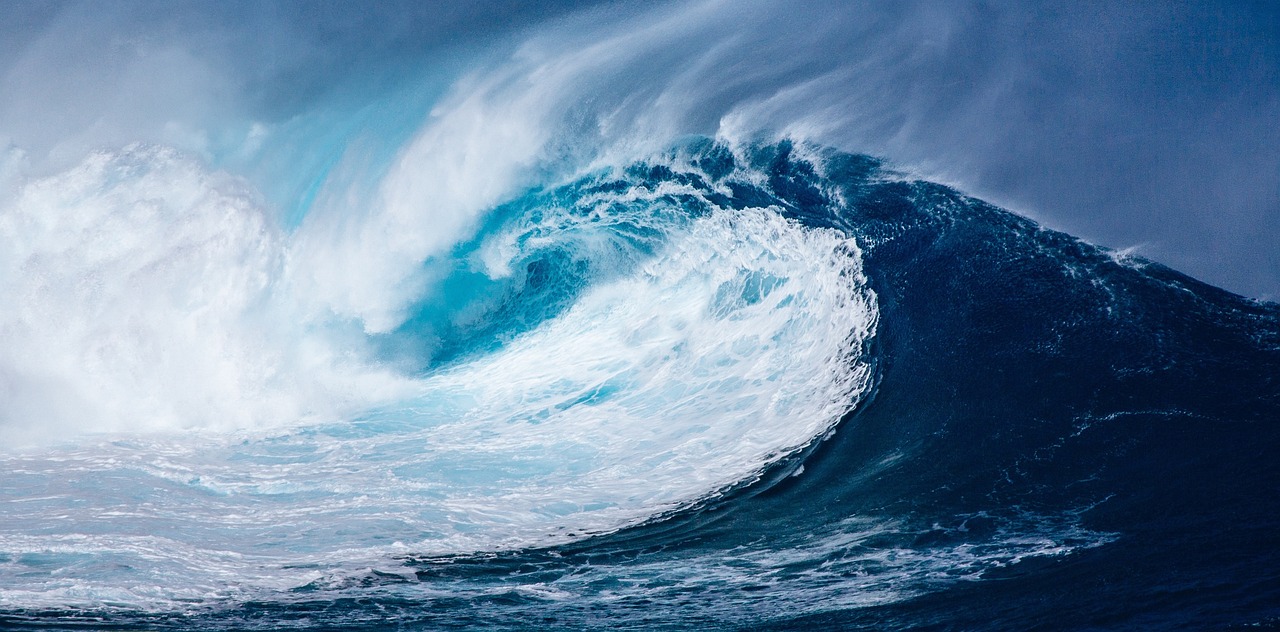
The impact in shallow seas created something far more terrifying than any tsunami in human history. Megatsunamis with wave heights reaching 1,500 meters – taller than the Empire State Building – radiated outward from the impact site at jet-aircraft speeds. These weren’t just waves; they were moving mountains of water carrying debris, boulders, and devastation across entire continents.
The Caribbean and Gulf of Mexico bore the initial brunt of these monster waves, which scoured the seafloor clean and hurled marine life hundreds of kilometers inland. Evidence of these massive waves can still be found today in geological formations across North America, where layers of impact debris mixed with marine fossils tell the story of that catastrophic day. The waves were so powerful they temporarily drained entire sections of shallow seas before rebounding with even greater force.
The Sky Catches Fire: Global Incineration
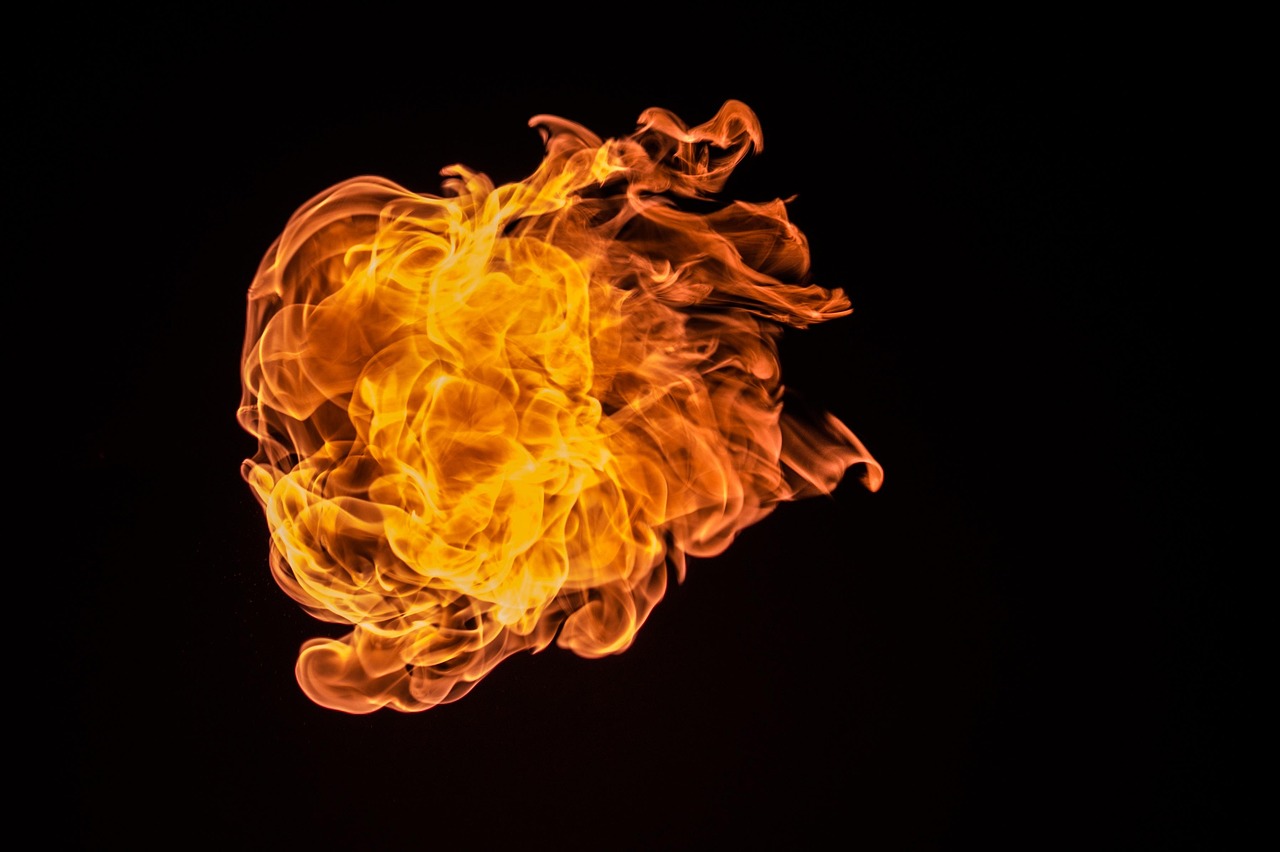
Within hours of impact, something unprecedented happened – the sky literally caught fire. The explosion had hurled billions of tons of superheated rock and debris into the upper atmosphere, where it spread around the globe like a deadly blanket. As this molten material began raining back down to Earth, it heated the atmosphere to temperatures that could spontaneously ignite vegetation.
Forests across the planet burst into flames simultaneously, creating a global inferno that consumed an estimated 80% of all plant life. The thermal pulse was so intense that any animal caught in the open would have been instantly incinerated. Even creatures hiding in burrows or caves weren’t safe from the searing heat that penetrated deep into the ground. This global firestorm marked the beginning of what scientists call the “impact winter” – a period of darkness that would last for months.
The Sulfur Time Bomb: Acid Rain from Hell
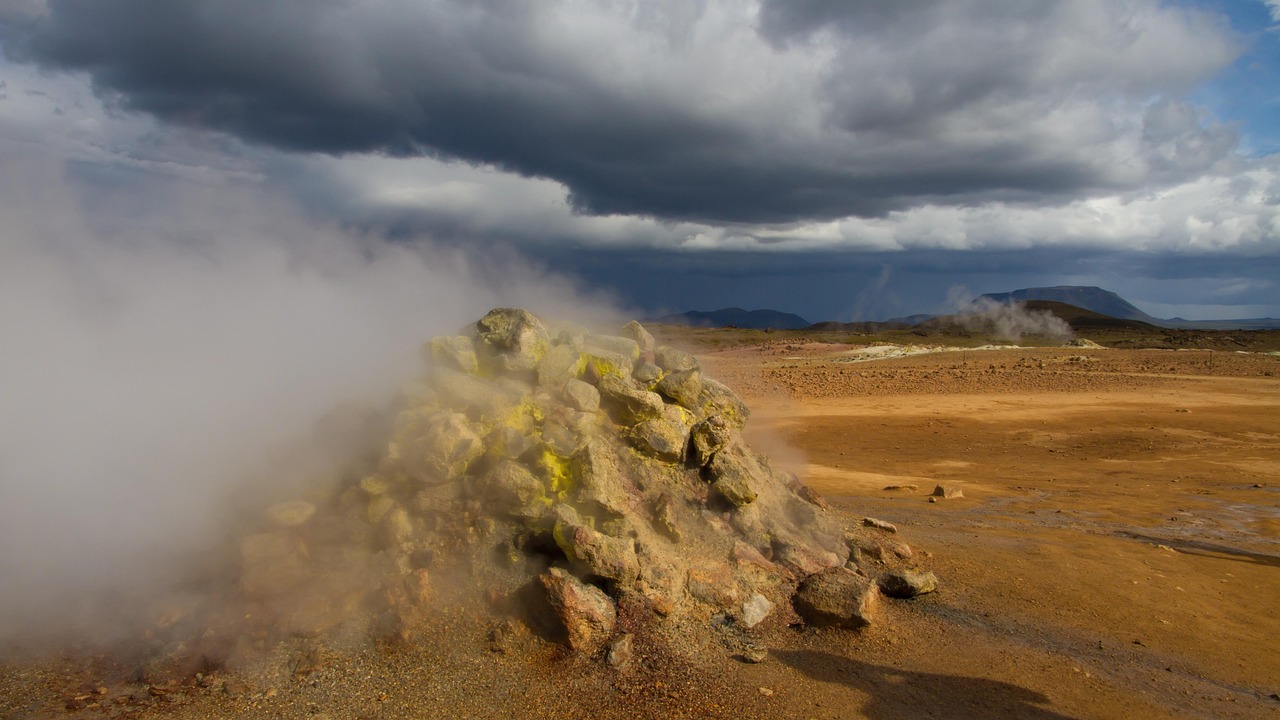
The Chicxulub impact site contained vast deposits of sulfur-rich minerals, particularly gypsum and anhydrite. When the asteroid struck, it vaporized these deposits, sending an estimated 200 billion tons of sulfur dioxide into the atmosphere. This created a chemical time bomb that would poison the planet for years to come.
The sulfur dioxide combined with atmospheric moisture to form sulfuric acid, which fell as acid rain so corrosive it could dissolve shells and bones. Ocean pH levels plummeted, creating conditions more acidic than lemon juice in some regions. This acid rain didn’t just fall for days or weeks – it continued for months, systematically destroying any plant life that had survived the initial fires and making the oceans uninhabitable for countless marine species.
The sulfur particles also acted as a global cooling agent, reflecting sunlight back into space and contributing to the dramatic temperature drop that followed the impact. This created a deadly double-edged sword: first global warming from the fires, then rapid cooling from the sulfur aerosols.
Nuclear Winter on Steroids: The Great Darkness
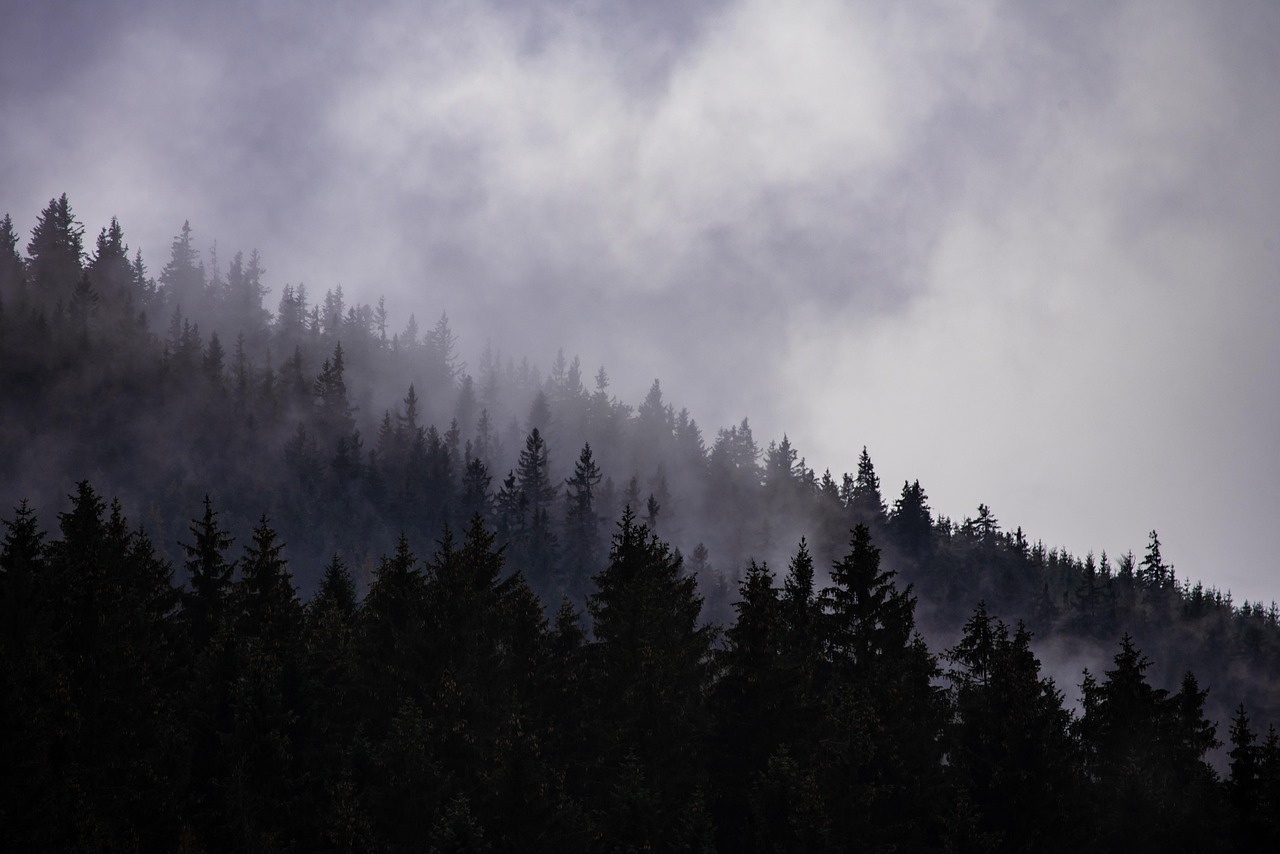
The combination of soot from global wildfires and sulfur aerosols created something far worse than any nuclear winter scenario. The atmosphere became so thick with particles that less than 1% of sunlight could penetrate to Earth’s surface. For months, the planet was plunged into a darkness so complete that noon looked like midnight.
This wasn’t just a minor inconvenience – it was a death sentence for most life on Earth. Without sunlight, photosynthesis ground to a halt, causing food chains to collapse from the bottom up. Plants died en masse, followed by herbivores, then carnivores. The few survivors were forced to live off decaying organic matter and whatever stored energy they could find.
Global temperatures plummeted by 10-15 degrees Celsius, triggering a planet-wide ice age that lasted for decades. Even tropical regions experienced freezing temperatures, while polar areas became uninhabitable frozen wastelands. The impact had effectively turned Earth into a frozen, lifeless rock hurtling through space.
The Collapse of Ocean Food Chains

The marine ecosystem, which had thrived for millions of years, experienced a catastrophic collapse that began at the microscopic level. Phytoplankton, the tiny organisms that form the base of all ocean food webs, were among the first casualties of the darkness. Without sunlight for photosynthesis, these crucial organisms died off en masse, creating a domino effect that rippled through every level of marine life.
The death of phytoplankton meant that zooplankton – the tiny animals that feed on them – quickly starved. This cascading collapse moved up the food chain with devastating efficiency. Fish, marine reptiles, and even the mighty marine predators like mosasaurs found themselves in a world where their food sources had simply vanished overnight.
The ocean floor became a graveyard, carpeted with the remains of countless marine creatures. The fossil record from this period shows a stark boundary – below it, rich marine life; above it, mostly empty rock. This boundary, known as the K-Pg boundary, marks one of the most dramatic extinction events in Earth’s history.
The End of the Age of Giants
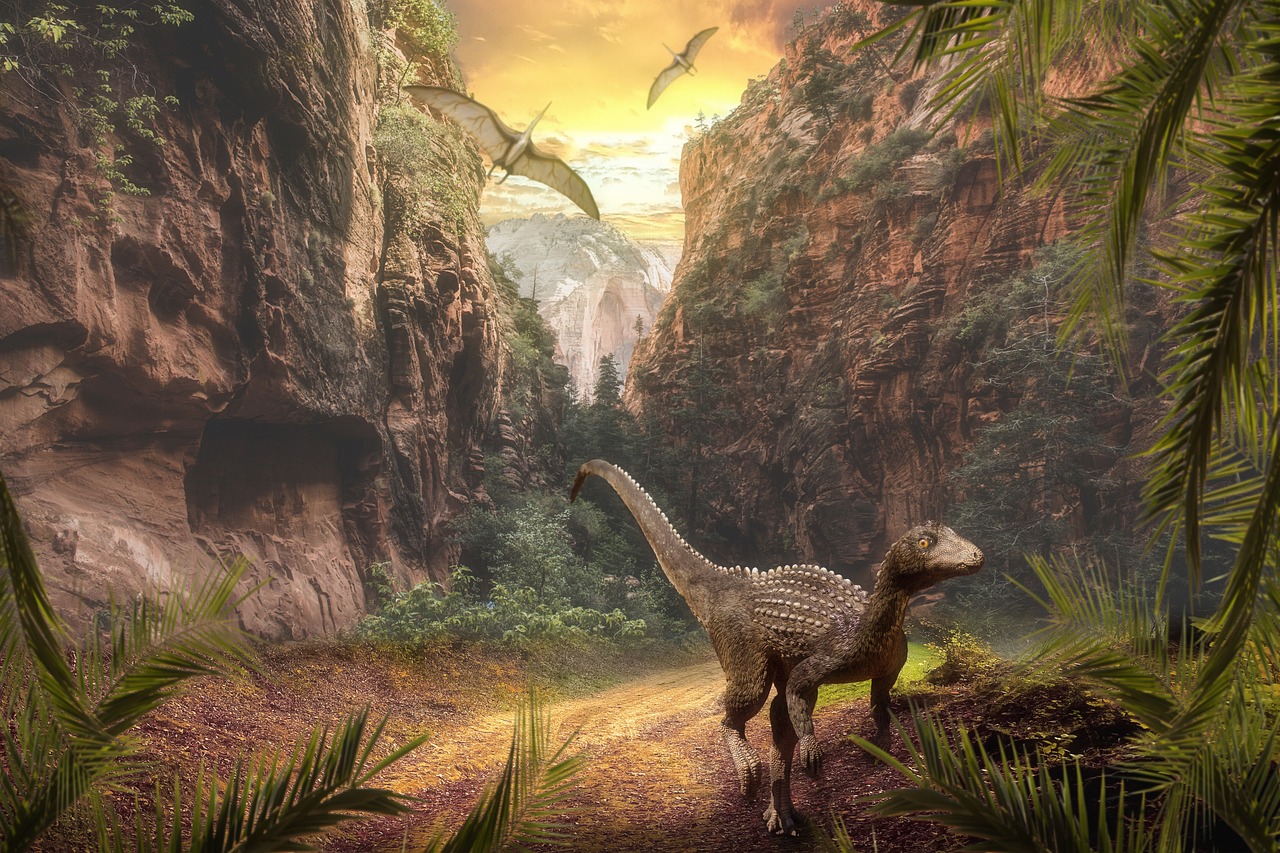
The non-avian dinosaurs, Earth’s dominant land animals for over 160 million years, faced their ultimate extinction in a matter of months. These magnificent creatures, from the massive sauropods to the fearsome tyrannosaurs, were simply too large and too specialized to survive in the post-impact world. Their high metabolic demands and specific dietary requirements made them particularly vulnerable to the collapse of ecosystems.
The larger dinosaurs needed enormous amounts of food daily – a single adult Tyrannosaurus rex required the equivalent of an entire deer every day. When plant life died and herbivore populations crashed, these apex predators had no viable food sources. Even the herbivorous giants like Triceratops and Hadrosaurus couldn’t survive on the sparse, toxic vegetation that remained after the global fires.
Ironically, the dinosaurs’ size, which had been their greatest advantage for millions of years, became their greatest liability. Smaller animals could survive on insects, seeds, and decaying organic matter, but giants needed giants to feed on. The age of dinosaurs ended not with a whimper, but with a bang that echoed across the globe.
The Unexpected Survivors: Life’s Incredible Resilience

While the Chicxulub impact was devastating, it wasn’t a complete sterilization event. Some creatures possessed the exact combination of traits needed to survive Earth’s darkest days. Small mammals, with their ability to burrow underground and their more flexible diets, found refuge in the chaos. These furry survivors could live off insects, seeds, and plant matter, requiring far less food than their dinosaur contemporaries.
Birds, the direct descendants of dinosaurs, proved that sometimes being small and adaptable trumps being large and powerful. Their ability to fly allowed them to search for food across vast distances, while their lower metabolic requirements meant they could survive on whatever scraps they could find. Freshwater fish and turtles also managed to survive, likely because freshwater ecosystems were somewhat buffered from the worst oceanic changes.
Perhaps most remarkably, some plants survived by existing as seeds, spores, or underground storage organs. These patient survivors waited out the darkness in a state of suspended animation, ready to spring back to life when sunlight finally returned. Their resilience would prove crucial for the recovery of terrestrial ecosystems in the years following the impact.
The Slow Recovery: Earth’s Healing Process

The return of sunlight marked the beginning of one of the most remarkable recovery stories in Earth’s history. After months of darkness, the first rays of sunshine triggered a massive ecological rebound that would reshape the planet’s ecosystems. Pioneer species – hardy plants and microorganisms – began the slow process of recolonizing the devastated landscape.
Ferns were among the first plants to make a comeback, their spores having survived the impact winter in soil deposits around the world. The fossil record shows what scientists call a “fern spike” – a period where fern fossils dominate the geological record as these resilient plants quickly spread across the recovering continents. This fern-dominated landscape looked alien compared to the lush, diverse ecosystems that had existed before the impact.
The recovery wasn’t uniform across the globe. Some regions bounced back relatively quickly, while others remained barren for thousands of years. The tropics, which had been home to the most diverse ecosystems, were among the hardest hit and slowest to recover. It would take millions of years for biodiversity to return to pre-impact levels, and when it did, the world looked very different from what had come before.
The Rise of Mammals: A New Age Begins
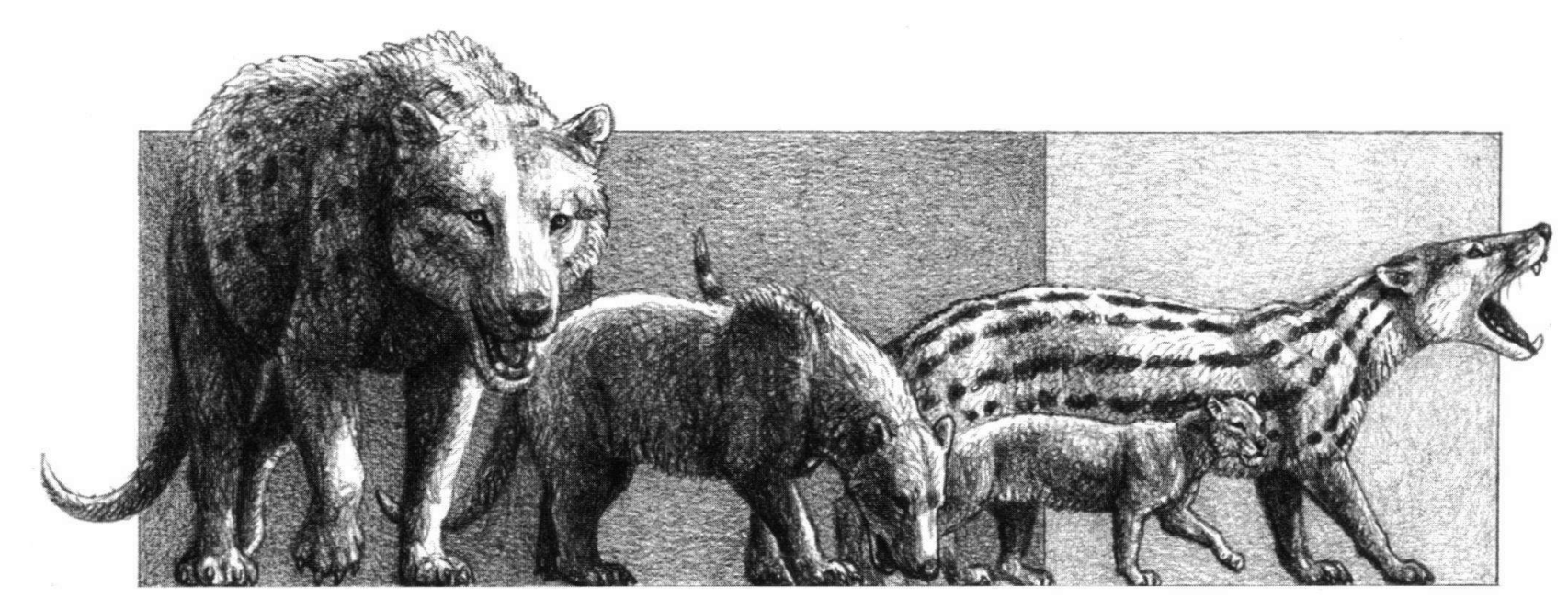
With the dinosaurs gone, mammals seized their opportunity to inherit the Earth. These small, furry survivors began an evolutionary explosion that would eventually lead to the diverse mammalian world we know today. The ecological niches once occupied by dinosaurs – from tiny insectivores to massive herbivores – were gradually filled by an increasingly diverse array of mammalian species.
Within just a few million years after the impact, mammals had evolved into forms that would have seemed impossible during the age of dinosaurs. Some grew to enormous sizes, filling the roles once played by large dinosaurs. Others developed specialized adaptations for life in trees, water, or underground environments. This rapid evolutionary diversification, known as adaptive radiation, transformed mammals from small, nocturnal creatures into the dominant vertebrates on land.
The success of mammals in the post-impact world wasn’t just about survival – it was about seizing opportunities. Without large dinosaurs to compete with, mammals could explore new ecological strategies, develop new feeding behaviors, and colonize environments that had been previously dominated by reptiles. This mammalian revolution would eventually lead to the evolution of primates, and ultimately, to us.
How the Impact Changed Earth’s Climate Forever
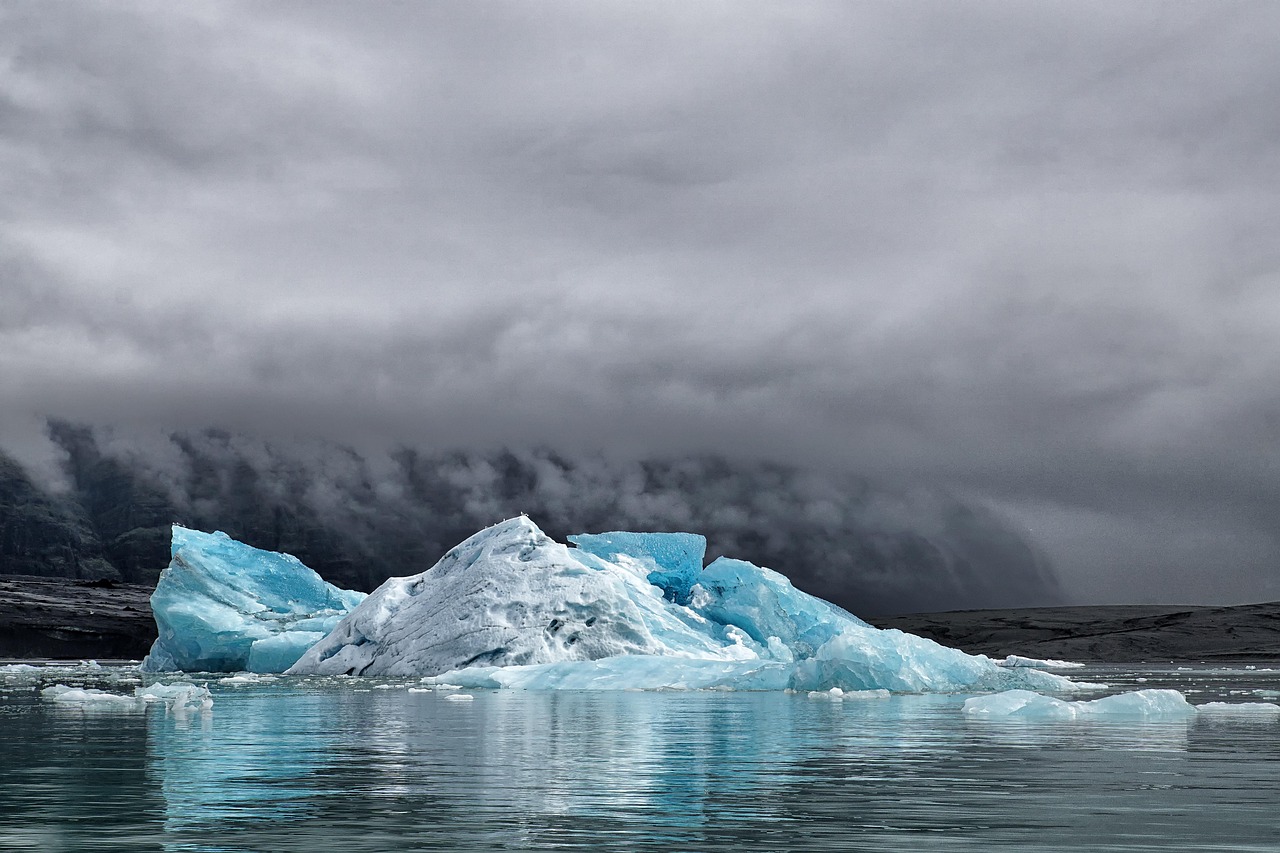
The Chicxulub impact didn’t just cause short-term devastation; it fundamentally altered Earth’s climate patterns for millions of years. The massive injection of greenhouse gases from vaporized rock and the subsequent global cooling created a climate system completely different from what had existed before. The impact effectively ended the greenhouse conditions that had characterized much of the Mesozoic Era.
The long-term climate changes were complex and varied. While the immediate aftermath was characterized by extreme cooling, the eventual recovery saw periods of both warming and cooling as Earth’s climate system struggled to find a new equilibrium. The impact had destroyed many of the natural carbon sinks that had helped regulate pre-impact climate, leading to more volatile and unpredictable weather patterns.
These climate changes had profound effects on the evolution of life. The more variable climate conditions favored species that could adapt quickly to changing environments – a characteristic that would become increasingly important as Earth’s climate continued to evolve. The impact had essentially reset Earth’s climate system, creating the conditions that would eventually lead to the ice ages and the modern climate patterns we experience today.
Modern Evidence: How We Know What Happened
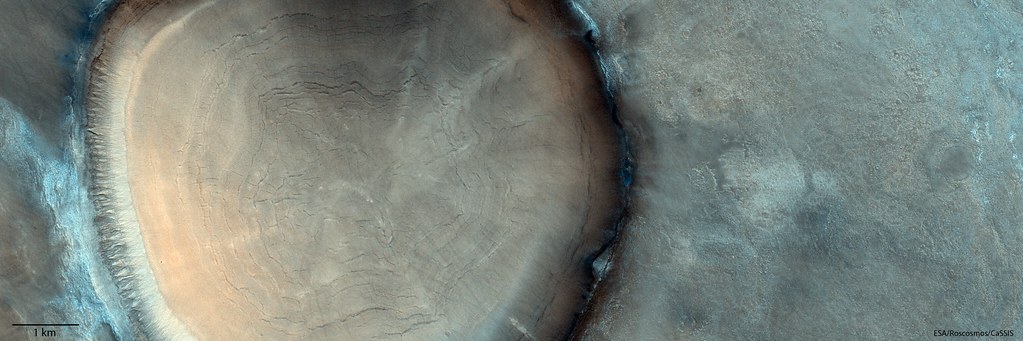
The story of the Chicxulub impact isn’t just speculation – it’s supported by overwhelming evidence found in rocks around the world. The most telling clue is a thin layer of clay found in 66-million-year-old rocks on every continent, enriched with iridium, an element rare on Earth but common in asteroids. This global layer marks the exact moment when the asteroid hit, preserved in stone like a geological timestamp.
Scientists have also found shocked quartz crystals – quartz that has been subjected to pressures so extreme they can only be created by asteroid impacts or nuclear explosions. These crystals, along with tiny spherules of melted rock, provide direct evidence of the incredible forces unleashed by the impact. The discovery of the Chicxulub crater itself in the 1990s provided the smoking gun that confirmed the asteroid impact theory.
Modern drilling projects have extracted core samples from the crater, revealing the exact sequence of events that occurred during those first terrifying hours. These cores show layers of melted rock, impact debris, and tsunami deposits that tell the story of that catastrophic day in unprecedented detail. Each layer is like a page in a book, documenting the progressive destruction of Earth’s ecosystems minute by minute.
The story of the Chicxulub impact serves as a sobering reminder of our planet’s vulnerability and the incredible resilience of life. It shows us that even the most catastrophic events can’t completely destroy life on Earth, but they can fundamentally change its course. The mammals that inherited the post-impact world, including our own ancestors, owe their evolutionary success to this cosmic catastrophe that occurred 66 million years ago. What would life on Earth look like today if that asteroid had missed our planet by just a few minutes?

